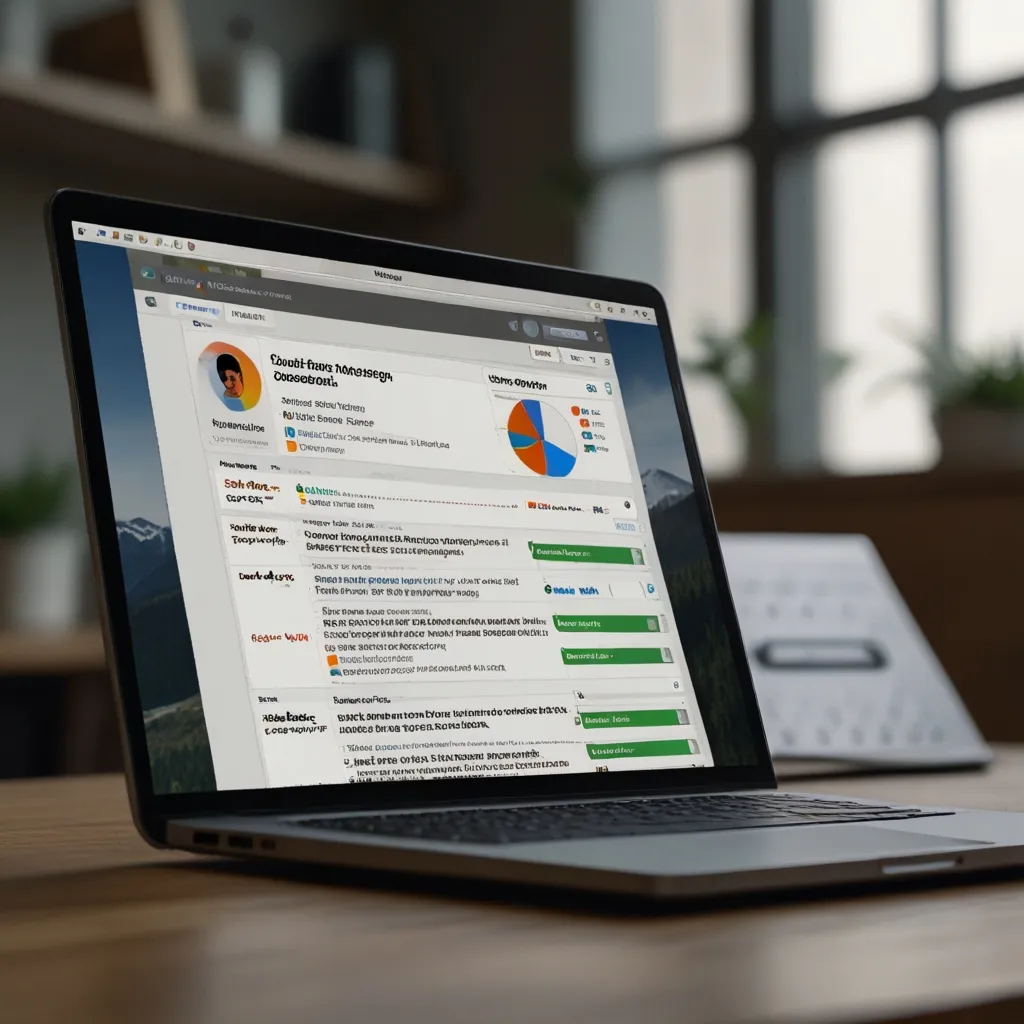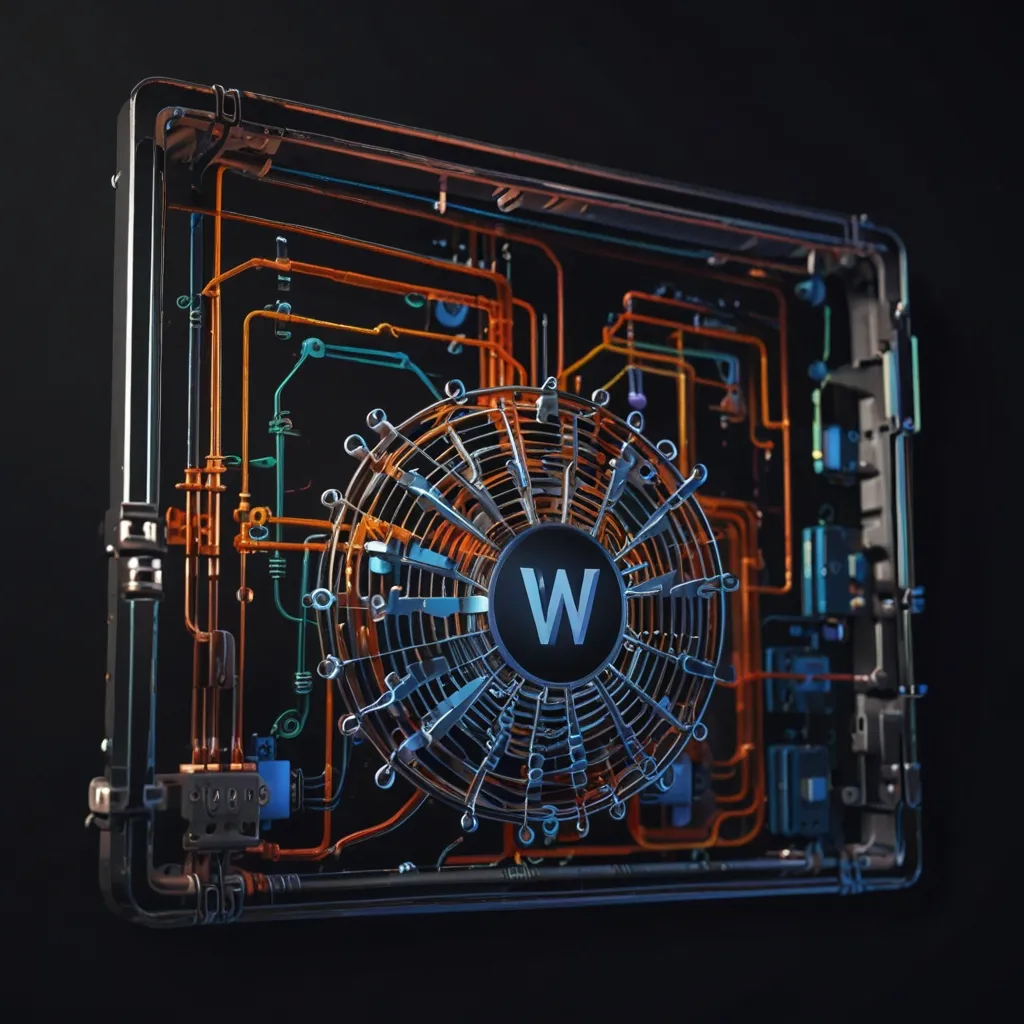When it comes to managing data in web applications, many developers often lean towards nifty client-side storage solutions like sessionStorage, localStorage, and good old cookies. Each of these has its own perks, but let’s dive deep into the fascinating world of sessionStorage and see why it’s a cool choice for particular data storage needs.
What’s the Big Deal with Session Storage?
SessionStorage is like having a mini vault in your browser that stays open only as long as your browser tab is active. Imagine you’re browsing on an online store, adding all sorts of goodies to your shopping cart. The moment you close that tab or restart the browser, poof, the cart is empty again. That’s how sessionStorage works—it keeps your data safe for just one browsing session.
Funky Features of Session Storage
It’s All About the Session
The best part about sessionStorage is its focus on session-specific data. Think about walking through a supermarket; you fill your cart as you wander aisle after aisle. With sessionStorage, it’s as though your cart only exists while you’re in the store. Close the tab or reboot the browser, and it’s like leaving the store—everything in your cart is gone.
More Room, Less Fuss
You know how cookies are tiny? Well, sessionStorage is like having a bigger backpack. Depending on your browser, you can stash between 5 to 10 MB of data. This is super handy for larger data sets that don’t need to stick around after a session ends.
Clean Freak
Nobody likes clutter, especially when it comes to sensitive data. SessionStorage acts like a self-cleaning house. Once you close the tab or browser, all its contents get automatically tossed out. No worries about leaving behind any digital breadcrumbs.
Speed Racer
By storing data locally, sessionStorage slashes the need for frequent server check-ins, cutting down on network time and boosting your app’s speed. Less waiting around for data retrieval means a zippier experience for users.
One Tab at a Time
Each browser tab is like its own little bubble with sessionStorage. Data in one tab stays put and isolated from other tabs. This little neat trick enhances security and ensures data is bound to its specific session.
Cool Ways to Use Session Storage
Keeping Logged In
For those pesky user login statuses, sessionStorage comes to the rescue. It keeps users logged in during their browsing session, saving them the hassle of re-entering credentials as they hop from page to page.
Preventing Form Freakouts
Ever filled out a long form only to lose everything because of a page refresh? SessionStorage feels your pain. It temporarily holds form data, making sure it doesn’t vanish into thin air on an accidental browser mishap.
Shopping Cart Savior
Shopping carts and sessionStorage are like peanut butter and jelly. They just work so well together. It lets users fill their cart and browse around without losing any items until they’re ready to check out.
How to Play with Session Storage
Using sessionStorage is simple and fun. Here’s a quick peek:
To save data:
sessionStorage.setItem("key", "value");
To fetch data:
let data = sessionStorage.getItem("key");
To remove specific data:
sessionStorage.removeItem("key");
To clear all data:
sessionStorage.clear();
Example of Pure Awesomeness: Auto-saving Text Field
Imagine typing away in a text field and all your input getting autosaved. Here’s a quick way to make that happen with sessionStorage:
// Tracking the text field
let field = document.getElementById("field");
// Restore saved content if available
if (sessionStorage.getItem("autosave")) {
field.value = sessionStorage.getItem("autosave");
}
// Save content on change
field.addEventListener("change", () => {
sessionStorage.setItem("autosave", field.value);
});
Picking the Right Storage
Deciding among localStorage, sessionStorage, and cookies depends on your needs:
- Small Data: If you’re storing tiny bits of data, cookies might do the job.
- Persistent Data: For data that sticks around beyond a session,
localStorageis your friend. - Isolated Data: Want data to be session-specific and isolated?
SessionStorageis the way to go. - Cross-Domain: Need data sharing across domains? Cookies win here.
Wrapping it Up
SessionStorage is like having a temporary but powerful toolkit for managing data in web applications. Its knack for storing data locally, auto-clearing itself, and cutting down on network latency makes it an MVP in modern web development. Getting a good handle on sessionStorage means enhancing user experience and beefing up your app’s performance. So next time you tear your hair out over managing session-specific data, remember sessionStorage has got your back!






